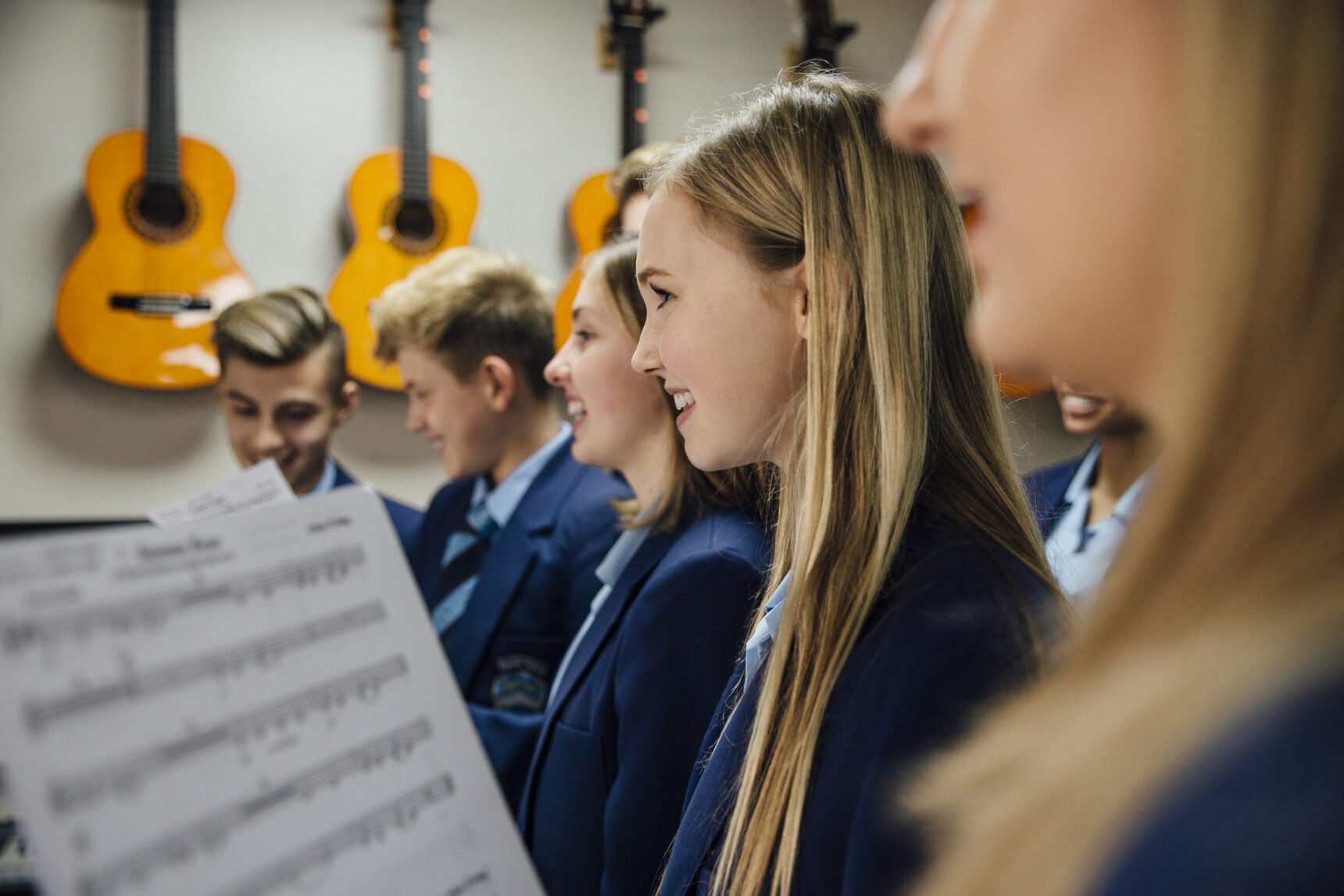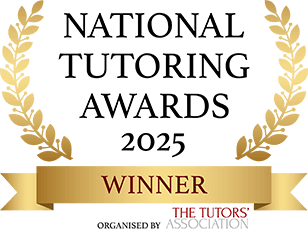Selecting the right secondary school for your child is one of the most significant decisions you’ll face as a parent. With a variety of school types available in the UK, each with its own educational approach, the process can feel overwhelming. Every child is unique, and understanding their evolving needs and strengths – especially as they continue to discover their interests – can be challenging.
This article will walk you through the different types of secondary schools in the UK and highlight key factors to consider when evaluating your child’s options. Our goal is to provide you with the knowledge and understanding needed to make a confident, well-informed choice for your child’s education.
State-funded schools
State-funded schools, sometimes called maintained schools, are the backbone of the UK education system. The government fully funds these schools, making them free for all children to attend. As the most prevalent type of school in the UK, they are accessible to students from all backgrounds, providing a diverse learning environment.
Council-maintained schools are required to follow the national curriculum, which specifies what subjects are taught and the standards students should achieve in each. This curriculum ensures a standardised level of education across the country, providing a well-rounded education and preparing students for further education and employment. In addition to council-maintained schools, government-funded schools like academies and free schools also operate under state funding but with greater flexibility in their curricula.
To ensure high educational standards, all state-funded schools are regularly inspected by Ofsted (the Office for Standards in Education, Children’s Services and Skills). These inspections assess key areas such as teaching quality, student achievement, behaviour, safety, and leadership. The resulting Ofsted reports offer parents valuable insights into each school’s performance, helping them make informed decisions about their child’s education.

Academies and free schools
Academies and free schools are government-funded institutions that enjoy greater autonomy compared to traditional state schools. These schools are typically managed by an academy trust or charitable organisation, giving them substantial control over their operations, finances, and educational approach. Unlike council-maintained schools, academies and free schools are not required to follow the national curriculum. Instead, they have the freedom to design their own curriculum, provided it remains ‘broad and balanced’, ensuring that students receive a well-rounded education across various subjects.
As of the 2022/2023 academic year, 81.9% of UK secondary schools are academies or free schools, highlighting their growing prominence in the education landscape.
What is the difference between an academy and a free school?
While academies and free schools share similar freedoms and operate independently of local authority control, their key difference lies in their origins. Academies are typically converted from existing state-funded schools. A school may choose to become an academy to gain more control over its operations and curriculum. Alternatively, if a local authority-funded school is rated as ‘inadequate’ by Ofsted, it is often required to convert to an academy as part of efforts to improve its performance.
In contrast, free schools are newly established institutions created to address specific needs within a community. They are often founded by parents, teachers, or community groups who see a demand for a particular type of education that existing schools do not meet.
Grammar schools
Grammar schools are state secondary schools that select their pupils based on academic ability, typically through the 11+ exam. Competition for places is often fierce, and not all students who pass the exam are guaranteed a place. Please note that there are no state grammar schools in Scotland and Wales.

What test does my child need to take to get into a grammar school?
Admission to grammar schools is primarily determined by the 11+ exam, a selective entrance test that assesses children in subjects such as verbal reasoning, non-verbal reasoning, mathematics, and English. It’s important to note that in Northern Ireland, students take a different exam, known as the SEAG transfer test.
The term “11+” refers to a category of exams rather than a single, standardised test. The content and format of the tests can vary across the country, with different grammar schools using different versions of the 11+ exam.
If you’re considering a grammar school for your child, it’s crucial to be aware of the specific requirements of each school, including any deadlines for registering for the entrance test. Many grammar schools require you to register for the 11+ exam during the summer term of Year 5, so early planning is essential to ensure your child is prepared and meets all necessary deadlines.
What admissions criteria do state schools have?
State schools each have their own specific admission criteria, which are applied when there are more applicants than available places. These criteria are designed to allocate spots fairly and transparently. Some of the most common admission criteria include:
- Catchment area: Priority is often given to children who live within a certain distance of the school.
- Siblings: If your child has a sibling already attending the school, this may increase their chances of getting in.
- Faith-based criteria: Some state-funded faith schools may give priority to children of a particular religion, though they must also consider non-religious applicants.
- 11+ exam: For grammar schools, admission is based on the results of the 11+ entrance exam. This selective test determines which students are offered places based on their academic performance.
Independent (private) schools
Independent schools, often referred to as private schools, are funded by tuition fees instead of government funding. These schools are known for their smaller class sizes, extensive resources, and often, a broader range of extracurricular activities.
Private schools are subject to inspections, either by Ofsted or the ISI (Independent Schools Inspectorate), depending on the school’s affiliation. These inspections ensure that high educational standards are maintained, providing parents with assurance about the quality of education their child will receive.

Does my child need to do a test to get into a private school?
Similarly to grammar schools, many private schools require prospective students to pass an entrance exam as part of their admissions process. In addition to the exam, applicants are often invited to attend an interview, which helps the school assess whether the student is a good fit for their educational environment.
Do private schools offer help with fees?
Some private schools offer means-tested bursaries, which provide financial assistance to families based on their income and financial circumstances. These bursaries can significantly reduce the cost of tuition, making private education more accessible to a wider range of students.
Many private schools also offer scholarships that are awarded based on a student’s academic achievements, artistic talents, or sporting abilities. These scholarships can provide partial or full financial assistance, helping to offset the cost of tuition.
Choosing the right secondary school
Selecting the right secondary school for your child is a significant decision. While the type of school can be an important factor, there are several other aspects you should consider:
- Location and accessibility: Consider how close the school is to home and the availability of transportation. A shorter commute can be beneficial for a child’s well-being and involvement in after-school activities.
- Academic performance: Research the school’s academic results, including their standing in school league tables and recent Ofsted reports, to gauge the quality of education provided.
- School ethos and values: It’s important that the school’s ethos aligns with your family values and expectations. Whether it’s a faith-based school or one that emphasises creativity, this can greatly affect your child’s experience.
- Facilities and extracurricular activities: Check the school’s facilities, such as sports fields, science labs, music rooms, and arts spaces, as well as the range of extracurricular activities on offer.
- Support for SEN: If your child has special educational needs, ensure the school has the appropriate resources and expertise to provide the support they need.

Choosing the right secondary school for your child in the UK is a significant decision that requires careful consideration of several factors. With various types of schools available, it’s essential to understand the unique features and advantages of each. However, it’s equally important to look beyond just the school type. Different types of schools may work well for your child, so it can be beneficial to explore a range of options in your local area and apply to a mixture of schools.
Take the time to research and visit schools, and involve your child in the decision-making process. By thoroughly exploring each option and reflecting on what aligns best with your child’s needs, interests, and abilities, you can make an informed choice. Ultimately, trust your instincts and choose schools that feel like the best fit for your child’s education and well-being, ensuring they receive the support and opportunities they need to thrive.
FAQs
What types of UK state schools are there?
There are different types of state-funded schools in the UK:
- Comprehensive – Comprehensive schools are the most common state schools, accepting students of all abilities and providing a broad, balanced education based on the national curriculum.
- Academies – Academies are state-funded but operate independently of local authorities. They have the freedom to design their own curriculum and often specialise in particular subjects or educational approaches.
- Free schools – Free schools are similar to academies but are newly established by groups such as parents or charities. They have control over their curriculum and management, allowing them to innovate and meet local needs.
- University Technical Colleges (UTCs) – UTCs are schools that offer a technical education for ages 14–18. They are set up by universities and employers to offer specialised education in one or two technical subjects. They offer a curriculum that combines academic and technical learning.
- Grammar – Grammar schools select students based on academic ability, typically through the 11+ exam.
State schools vs grammar schools: Which is better?
The question of whether state schools or grammar schools are “better” is highly subjective and depends on the unique needs, abilities, and learning styles of the student, as well as the family’s educational priorities. Some students excel in the academically focused and competitive environment that grammar schools provide, where there is a strong emphasis on academic achievement. Others may thrive in a comprehensive state school that offers a wider range of opportunities, catering to a broader spectrum of abilities and interests.
What types of private schools are there?
When considering private education, it’s important to understand the different types of private schools available:
- Boarding schools: These schools offer both education and accommodation, with students living on-site during term time. Boarding schools combine academic and extracurricular activities within a residential setting.
- Day schools: Day schools provide education during the day, with students returning home in the evenings. They offer a private education option without the residential component, allowing students to spend evenings at home.
- Prep schools: Preparatory, or prep schools, serve children up to the age of 13, focusing on preparing them for entrance into secondary schools. Many prep schools prepare students for competitive entrance exams, which are often a prerequisite for entry into certain secondary schools.
Grammar schools vs private schools: Which is better?
There is no definitive answer to which is better – grammar schools or private schools – as it ultimately depends on your individual needs and circumstances. Factors such as affordability, your child’s academic strengths, and the type of educational environment you prefer all play a role in determining the best option. Grammar schools can provide an excellent education without the cost, while private schools may offer more resources and individualised attention. The right choice is the one that best suits your family’s priorities and your child’s needs.
How much does private school cost in the UK?
The cost of private school education in the UK varies widely depending on the school and location:
- Day schools: Tuition fees for private day schools typically range from £10,000 to £20,000 per year.
- Boarding schools: For boarding schools, fees can range from £25,000 to over £40,000 per year, including accommodation.
These figures can vary significantly based on the school’s reputation, facilities, and location. Additional costs such as uniforms, textbooks, and extracurricular activities should also be considered.
How many secondary schools can you apply for?
In most areas of the UK, parents can list up to three to six preferred secondary schools on their child’s application form, depending on the local authority’s rules. It is crucial to check with your specific local authority for the exact number allowed in your area. Listing more schools increases the chances of your child being offered a place at one of them.
What is a feeder primary school?
A feeder primary school is closely linked to a specific secondary or grammar school, typically within the same catchment area. These connections are established to streamline the transition of students from primary to secondary education.
Attending a feeder primary school can sometimes increase your child’s likelihood of securing a place at the associated secondary or grammar school. This is because some secondary schools give priority in their admissions process to students coming from their designated feeder schools, especially when there is high demand for places.








Comments